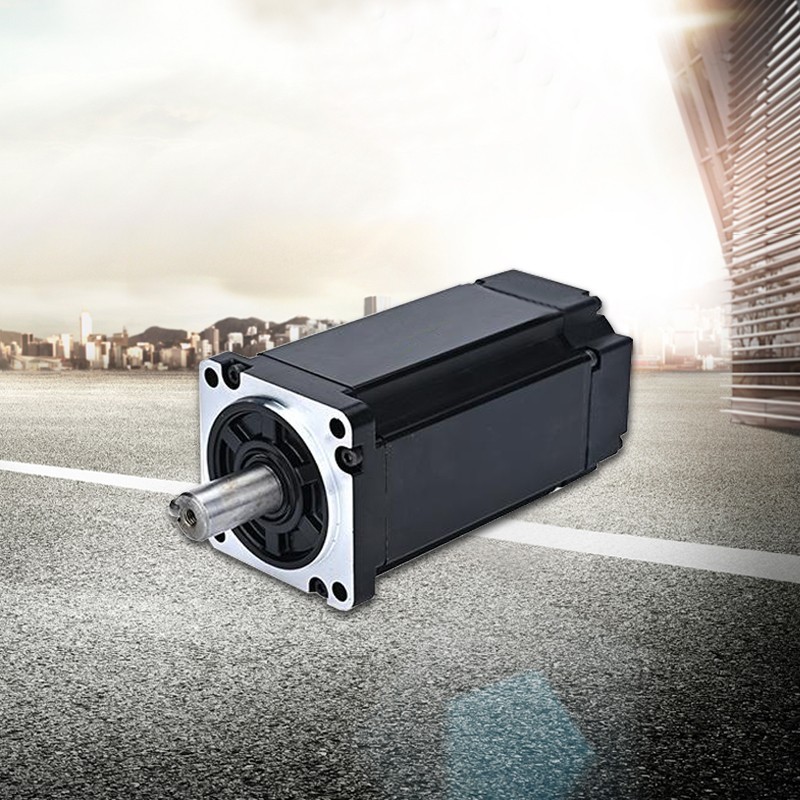The conducting conductor in the electromagnetic field of a brushless motor will be subjected to force. Explanation: The magnetic field passes through the front of the palm, the direction of the fingers is the direction of the current, and the direction of the thumb is the direction that generates magnetic force
Conductors in a magnetic field generate electromotive force by being pulled and cutting magnetic lines. Let the magnetic field line pass through the palm, with the thumb direction being the direction of movement and the finger direction being the direction of the generated electromotive force This lays the foundation for the later magnetic potential. Grasp the brushless motor solenoid with your right hand and bend your four fingers in the same direction as the current. The end pointed by your thumb will generate the electric force, magnetic potential, and magnetic field. After the subsequent motor is powered on, setting aside the control will reveal why the motor started to rotate. This is the foundation of motor rotation.
When current is applied to the coils at both ends, according to the right-hand screw rule, an external magnetic induction intensity pointing to the right will be generated. The middle rotor will try to keep its internal magnetic induction line direction consistent with the external magnetic induction line direction to form a closed magnetic field line loop, so that the inner rotor will rotate clockwise. When the direction of the rotor magnetic field is perpendicular to the direction of the external magnetic field, the rotor experiences a large rotational torque. When the magnetic field is in the same direction as the external magnetic field, the rotor is subjected to a large magnetic force, but at this time, the rotor is in a horizontal state and the force arm is 0, so of course it will not rotate. To add, torque is the product of force and force arm. If one of them is zero, the product is zero.

When the rotor rotates to the horizontal position, although it is no longer affected by the rotational torque, due to inertia, the brushless motor will continue to rotate clockwise. If the current direction of the two ends of the solenoid is changed, the rotor will continue to rotate clockwise and forward. By continuously changing the current direction of the two ends of the solenoid, the inner rotor will continue to rotate.
Editor: ZiYu
